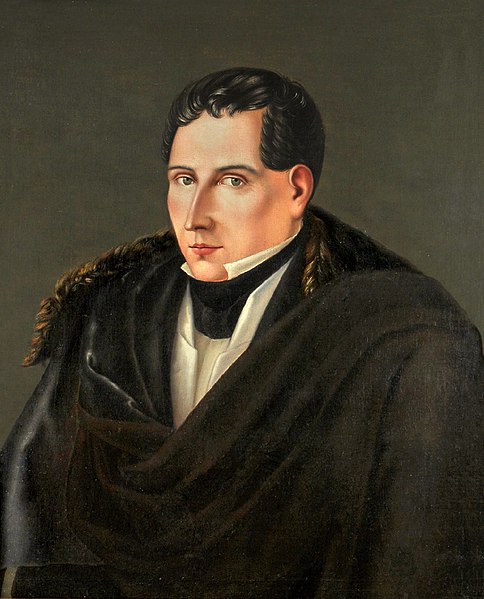The Antofagasta Region is one of Chile's sixteen first-order administrative divisions. The second-largest region of Chile in area, it comprises three provinces, Antofagasta, El Loa and Tocopilla. It is bordered to the north by Tarapacá, by Atacama to the south, and to the east by Bolivia and Argentina. The region's capital is the port city of Antofagasta; another one of its important cities is Calama. The region's main economic activity is copper mining in its giant inland porphyry copper systems.
Morro Moreno National Park
The city of Antofagasta.
Atacama Desert, Vista before sunset.
Overview of the Port Angamos at evening (Mejillones).
Chile, officially the Republic of Chile, is a country in western South America. It is the southernmost country in the world and the closest to Antarctica, stretching along a narrow strip of land between the Andes Mountains and the Pacific Ocean. With an area of 756,102 square kilometers (291,933 sq mi) and a population of 17.5 million as of 2017, Chile shares borders with Peru to the north, Bolivia to the northeast, Argentina to the east, and the Drake Passage to the south. The country also controls several Pacific islands, including Juan Fernández, Isla Salas y Gómez, Desventuradas, and Easter Island, and claims about 1,250,000 square kilometers (480,000 sq mi) of Antarctica as the Chilean Antarctic Territory. The capital and largest city of Chile is Santiago, and the national language is Spanish.
The Chinchorro mummies, the oldest of which are from around 5050 BCE.
Pedro Lira's 1888 painting of the founding of Santiago by Pedro de Valdivia at Huelén Hill.
Generals José de San Martín (left) and Bernardo O'Higgins (right) during the crossing of the Andes.
Painting of Diego Portales. The Constitution of 1833 has been seen as the embodiement of the "Portalian thought".








